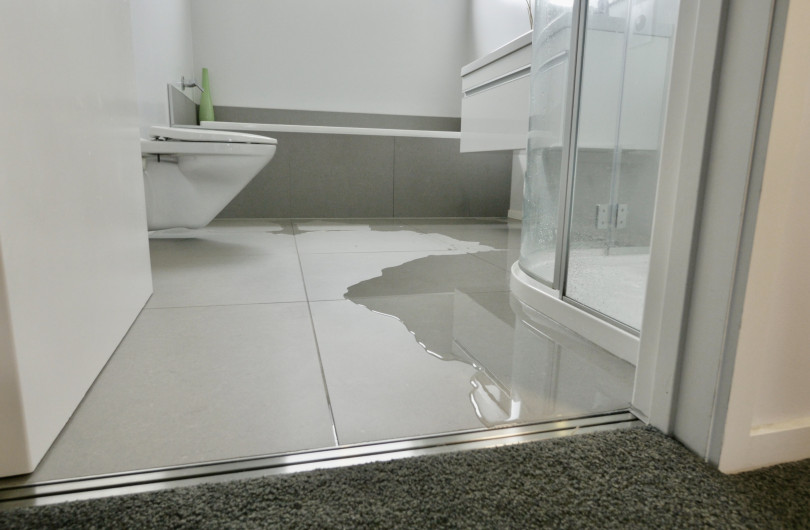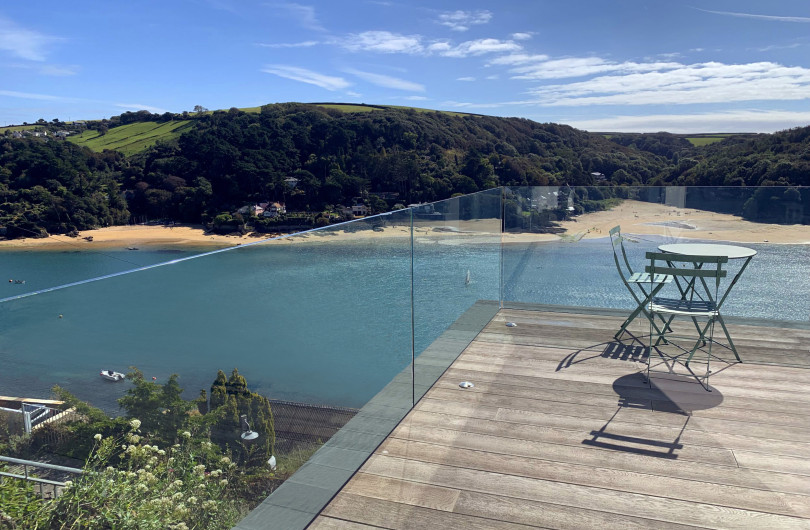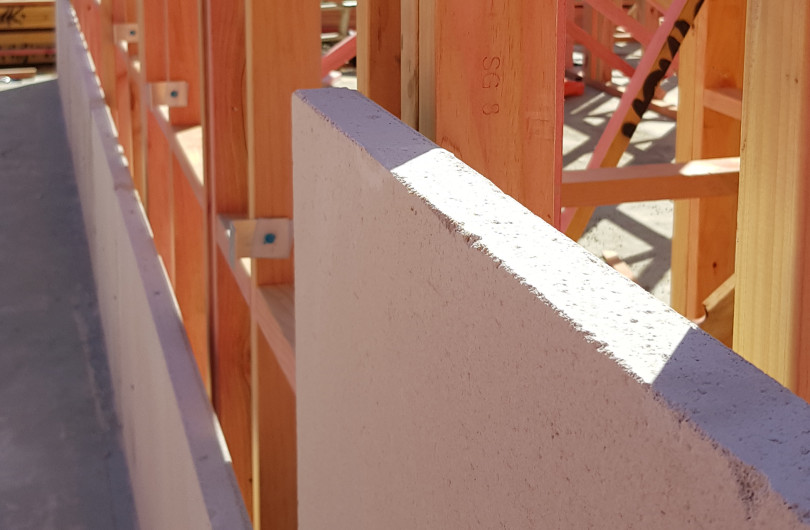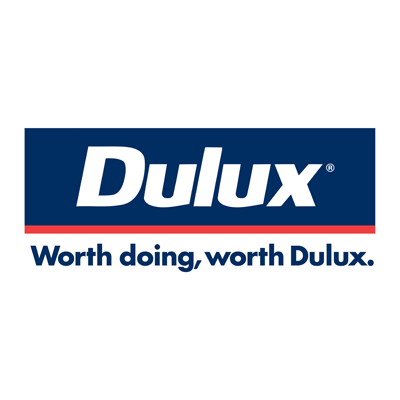"Are there chemicals in paint?" You'd probably be surprised how often I get asked this question. I'm tempted to be a bit smart and say you're breathing many chemicals right now, Carbon Dioxide, Oxygen, Nitrogen, Carbon Monoxide... but I hold back and ask more questions to find out where their underlying query is coming from. Sometimes they are trying to understand possible health effects from using paint products and sometimes they are trying to find out whether the products are environmentally harmful, and often they're asking about both.
Paint is a very old product, having been used in some forms on cave walls to record successful hunts and for decorative and cultural reasons. Modern day architectural paints are used to protect substrates and to freshen and beautify structures. Some ingredients are similar and some are very different to those early products.
This blog will deal with health effects in a general way. Solvent based paints contain volatile solvents (VOC) which can be harmful to humans through breathing or through the skin and tend to be flammable. They can also contain chemicals that are termed 'sensitisers' which can cause allergic reactions in some people, especially those who have frequent exposure. The best way to reduce harm from these products is to replace with less hazardous products (water based coatings) or eliminate their use. The least effective, but still very important, way to reduce harm is to use the personal protective equipment (PPE) listed on the label and SDS (Safety Data Sheet). Smell is a very poor way of determining hazard as regular users of a product will no longer smell it. Similar to how older people put more and more of their favourite perfume on as they can no longer smell it as keenly.
Water based paints, in general, contain very low levels of VOC, and are much less hazardous. They are not greatly dissimilar to cosmetics in their formulations. Clays, talcs, polymers, detergents, titanium dioxide and various additives. Most are considered non-hazardous under NZ's HSNO legislation (or if they do trigger a hazard class it might be as an eye irritant), although they are eco-toxic and shouldn't be discharged into waterways. Paint is a dreadful visual pollutant and a little goes a very long way. I would still recommend taking care with water based paints and strictly follow the label instructions (particularly around disposal), as some individuals can be sensitive to chemicals others are fine with. My son is highly allergic to dairy and egg while I love an egg fry up.
One memorable call to our emergency response line was from a painter who had dipped his chip into some paint and then having eaten it in front of his mates, was phoning, in private, to check he wasn't going to die. He was fine.
The Environmental Choice labelling scheme is an easy and reliable way to be assured that the product being specified meets a number of tough environmental and health considerations. Click here for a list of approved products.
A final comment is that some of the most hazardous activities surrounding painting are climbing up a ladder, falling off the roof, breathing in hazardous sanding dusts, smoking while using flammable products, getting sunburnt, and the strains and pains from using new muscles.




























 Most Popular
Most Popular Popular Products
Popular Products



